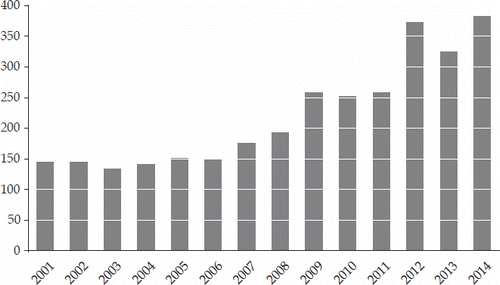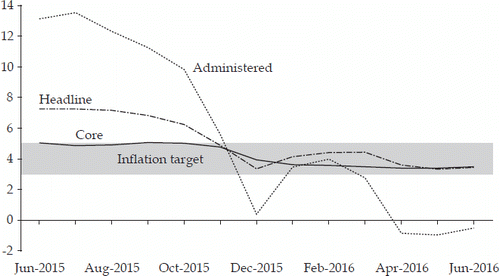Figures & data
Table 1. Components of GDP Growth, 2014-16 (% year on year)
FIGURE 2 Credit Growth and GDP Growth, 2010–16 (% year on year)
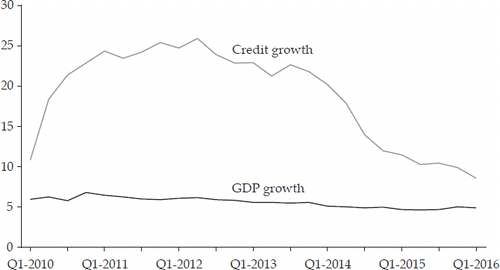
Table 2. Budgets for 2015 and 2016 (Rp trillion)
FIGURE 3 Value-Added Tax and Income Tax Ratios and Growth, 1985–2015
Note: Income tax refers to non-oil-and-gas income tax. The growth average excludes 1998–2001 because there was a crisis and a change of budget period during that time.
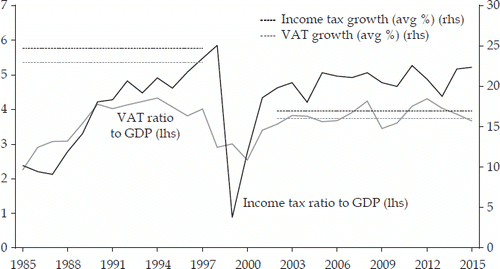
Table 3. Indonesia's Tax Amnesty Program
FIGURE 4 Public Spending on Infrastructure and Social Assistance, 2005–15
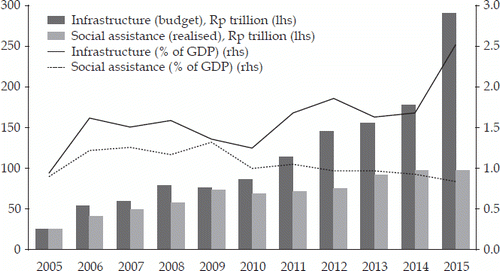
Table 4. JKN Contributions and Claim Ratios by Type of Membership
Table 5. Average Household Size, Indonesia, 1971–2013
Table 6. Distribution of Households and Individuals, by Household Type, 2013 (%)
FIGURE 5 Singulate Mean Age at Marriage, 1995–2013
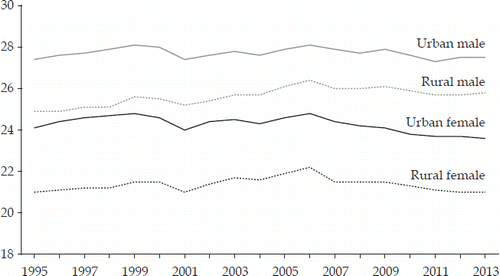
FIGURE 6 Multi-method Estimates of Indonesia’s Total Fertility Rate, 1969–2015
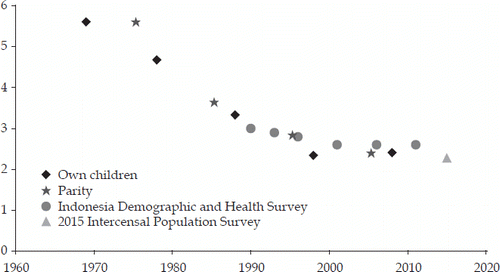
FIGURE 7 Relative Education of Couples, 1982–2010 (%)
Note: These results differ slightly from those of Utomo (Citation2014), who noted a smaller decline in homogamy and a slightly larger decline in hypergamy between 1982 and 2010 when more detailed tertiary education subcategories were used.
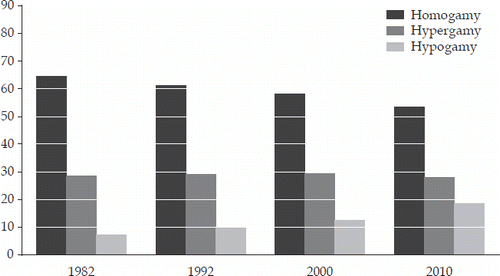
FIGURE 8 Muslim Divorces in Islamic Courts, 2001–14 (’000)
